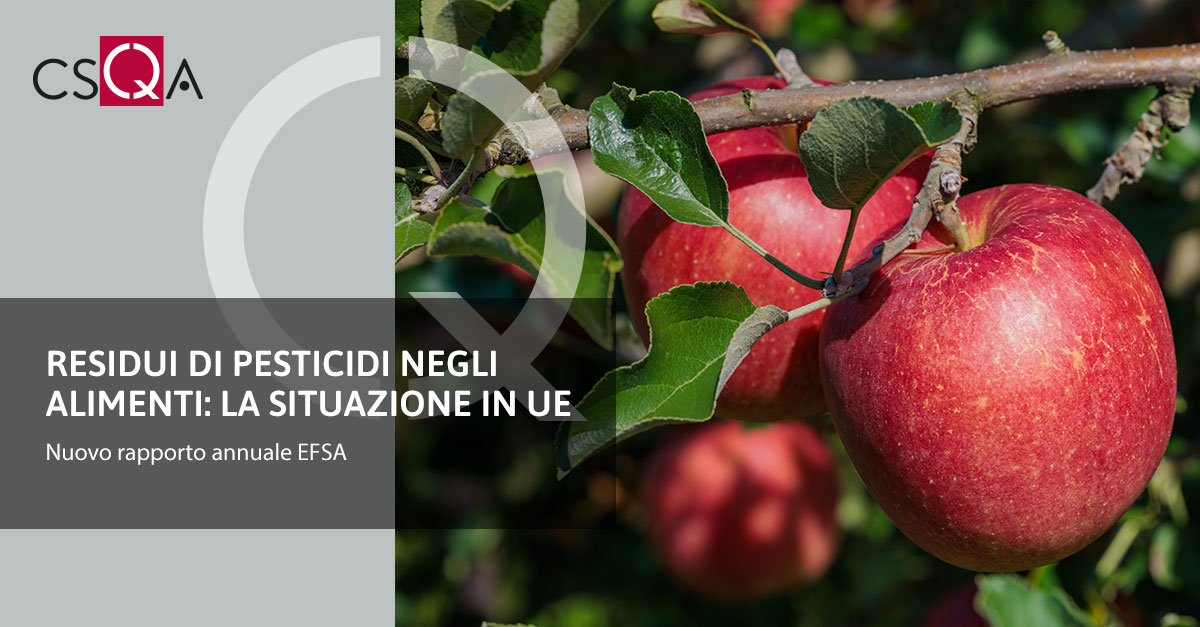 The risk to human health from pesticide residues remains low , in line with data from previous years, EFSA said in its new annual report.
The risk to human health from pesticide residues remains low , in line with data from previous years, EFSA said in its new annual report.EFSA analyzed thousands of samples from common consumer products collected in 2023.
The EFSA Report analyses information on pesticide residues collected through both random and targeted monitoring programmes. EFSA also publishes an interactive tool that allows users to explore the data through graphs and charts.
Random sampling shows consistent results
As part of the EU coordinated control programme (EU MACP), EFSA analysed the results of 13,246 random samples taken from EU Member States , Norway and Iceland of 12 of the most commonly consumed food products in the EU.This program samples the same products every three years to monitor trends.
For 2023, the following were considered: carrots, cauliflower, kiwi (green, red and yellow), onions, oranges, pears, potatoes, dried beans, brown rice, rye, beef liver and poultry fat.
From this subset of samples analyzed under the program, 99% were found to be compliant with European legislation. This result is consistent with the results obtained in 2020 (99.1%), when the same selection of products was sampled.
Of the 2023 samples, 70% had no quantifiable levels of residues, while 28% contained one or more residues within legal limits.
Maximum residue levels (MRLs) were exceeded in 2% of samples, of which 1% were non-compliant considering measurement uncertainty.
High compliance rate for targeted sampling
The annual report on pesticide residues also includes the results of the multiannual national control programmes (MANCP), which collect data from targeted sampling, based on the level of risk.These national control programmes provided 132,793 samples, 98% of which were found to be compliant with European legislation.
MANCP compliance rates in 2021 and 2022 were 97.5% and 97.8%, respectively.
Of the 2023 samples, 58% contained no quantifiable residues , while 38.3% contained residues within legal limits and 3.7% exceeded MRLs, of which 2% were non-compliant.
Food risk assessment
The results of monitoring programmes are a valuable source of information for assessing the dietary exposure of European consumers to pesticide residues.As part of the analysis of the results, EFSA also conducted a food risk assessment.
This assessment highlights the likelihood that consumers are exposed to a quantity of residues exceeding a certain safety threshold.
On the basis of this assessment, EFSA concluded that the risk to consumer health, resulting from the estimation of exposure to pesticide residues in the foods analysed, is low .
The report also contains a series of recommendations to increase the efficiency of European pesticide residue control systems.
For example, EFSA recommends that Member States better investigate and monitor pesticide-crop combinations that give rise to non-compliance and continue to monitor pesticide residues in food samples imported from non-EU countries with a broad analytical spectrum . (Source: https://www.efsa.europa.eu /)